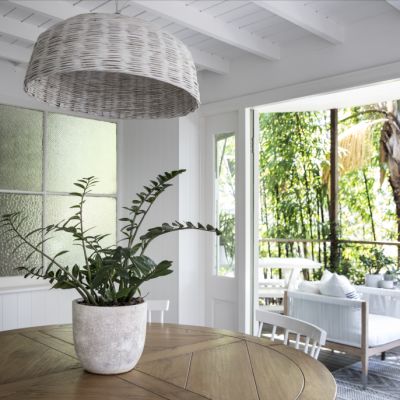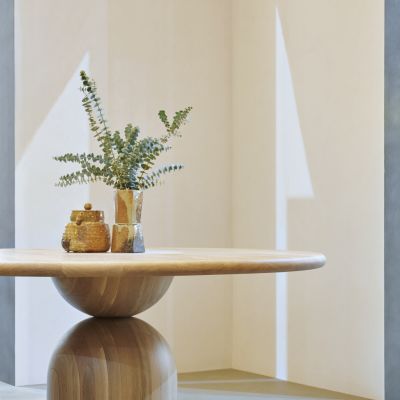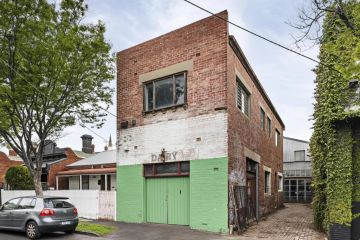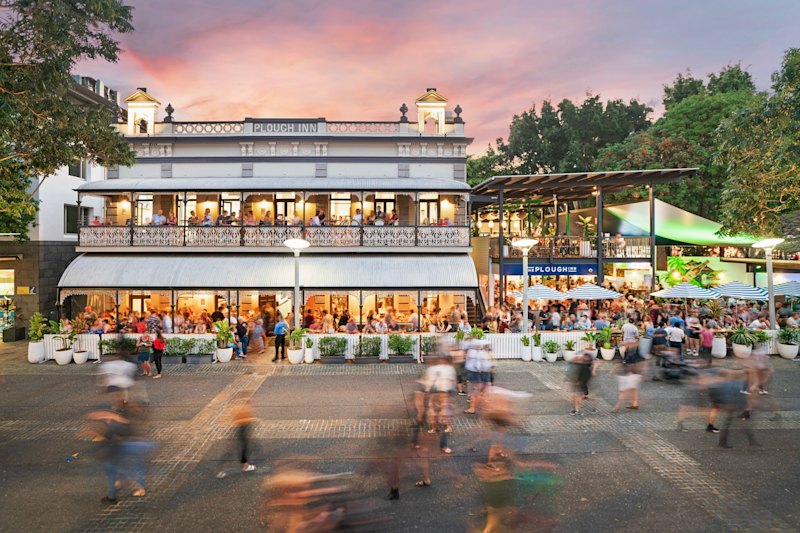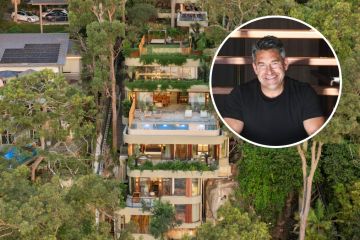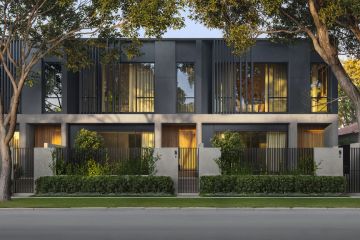The building trends set to shape our homes
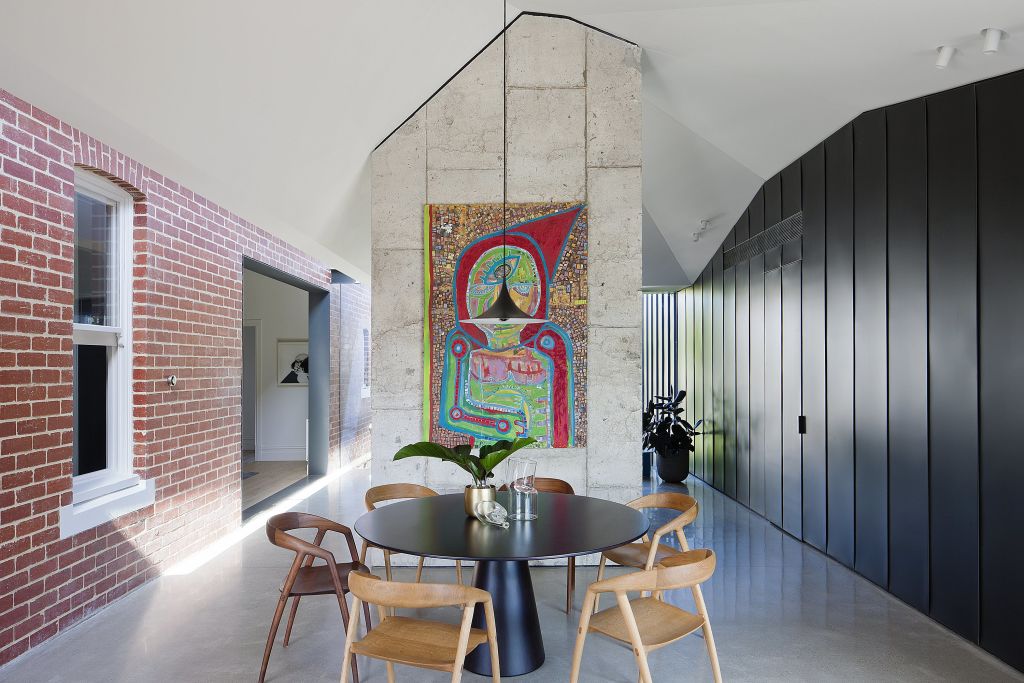
The pioneering architect, designer and urban planner Le Corbusier once described the home as the treasure chest of living.
Homes offer comfort, sanctuary, shelter and an opportunity to enhance the quality of life of those who dwell within their walls. For architects, interior designers and builders, residential projects also offer a chance to experiment with new forms and test the boundaries of the possible.
Some of the most innovative designs are found at the top end of the market, setting a trend that spreads throughout the industry. We delve into some of hottest emerging design and construction trends in the word of homes.
Healthy homes
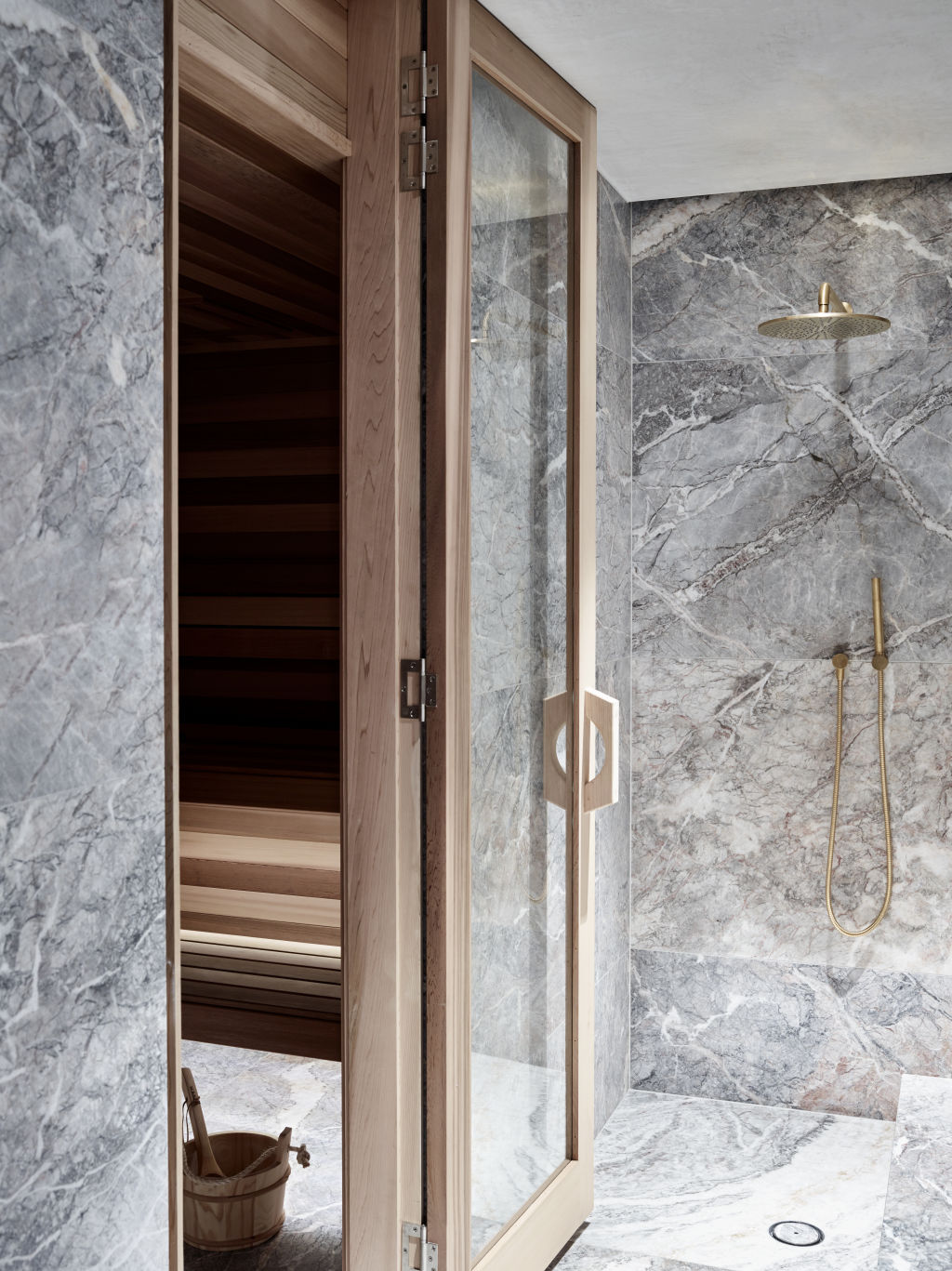
What does it take for a home to be healthy? A rowing machine in the garage just doesn’t cut it any more – especially if it’s covered in cobwebs.
Melbourne-based architect Rob Mills of acclaimed studio Rob Mills Architecture and Interiors says many of today’s prestige homes incorporate a suite of health-promoting amenities, from gyms to saunas and massage rooms. “We call them wellness centres on a domestic level.”
Notions of wellness extend to the location and building blocks of houses themselves. Are they close to public transport and parks? Is there a strong connection to nature, including natural light? Construction methods and materials are coming under the microscope, with close attention paid to the level of toxins found in adhesives, paints, floor coverings and cabinetry.
Mills says having a home that promotes wellness isn’t a luxury reserved for the wealthy. “You really want fresh air, access to light, space and a healthy environment. That’s attainable by everybody.”
Curves ahead
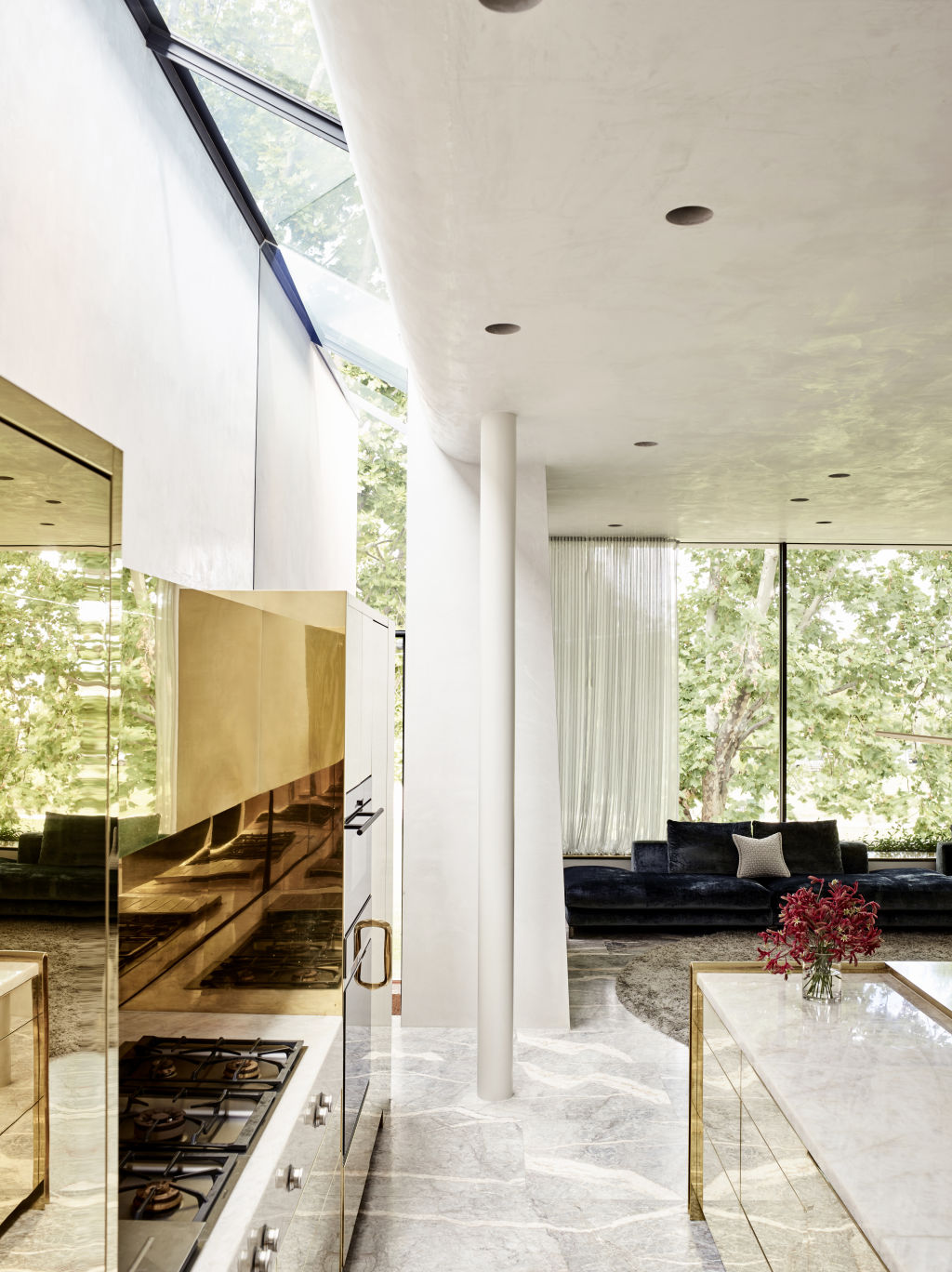
It seems the days of the minimalist box are numbered. If the twists and round edges splashed across the pages of design magazines are any indication, there are indeed curves ahead.
Mills says there’s something inherently calming about curves. “Today, a lot of our walls are quite sculptural.”
This lust for the lines is perhaps most dramatically evident in spiral staircases, whose sculptural form can elevate humble steps into works of art. James Gooley, director at high-end Melbourne construction outfit Visioneer Builders, says more manufacturing firms are specialising in spiral staircases.
“When it’s at the front door, it’s the first thing you see,” he says. “People see it as a real feature.”
Raw beauty
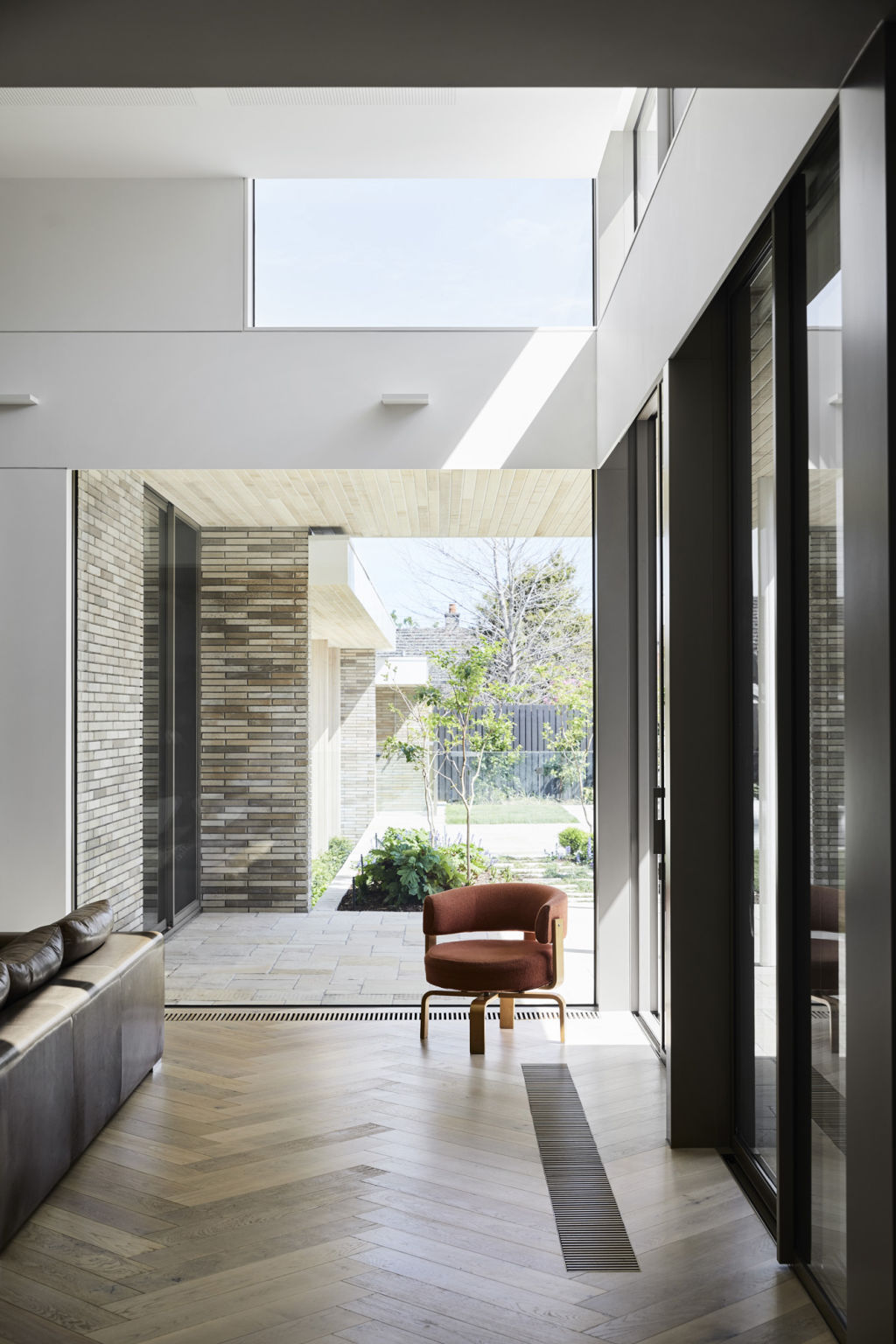
Not so long ago, the raw materials used to construct houses were hidden and bare concrete was the stuff of driveways and nondescript 1980s high schools.
Now, concrete, brick, timber, metal and even rammed-earth finishes are stepping into the spotlight, cementing themselves (pardon the pun) as unadorned beauties in high-end homes – inside and out.
Horizon builds some of Sydney’s most stunning luxury homes. Managing director David Moses says more projects are incorporating off-form concrete. “It’s natural and it’s raw and what you see is what you get,” he says. “From my point of view, and of course I’m biased, but I like it because I appreciate the workmanship behind it.”
Visioneer Builders’ Gooley highlights polished plaster as an alternative to painted walls.
Going down
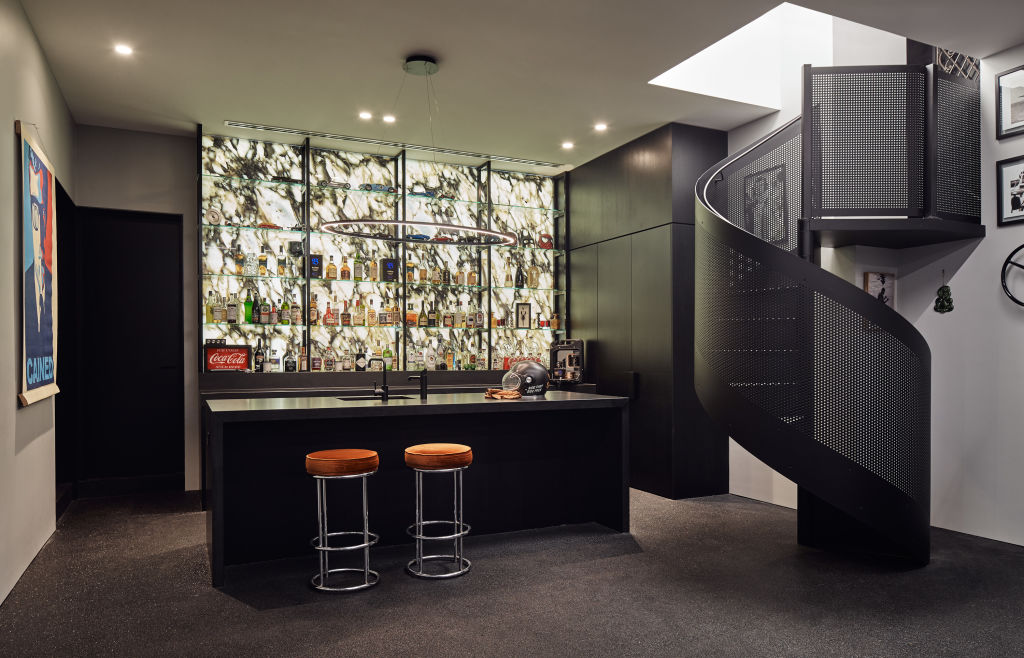
As the price of land in sought-after suburbs rises, home owners are looking at ways to make the most of what they have. For many, this involves exploring the possibilities of subterranean spaces. Car turntables and lifts are being used to create five-star garages on modestly sized blocks. Basement gyms, bars or golf simulators are other options.
Moses says he encourages owners to consider how garages could be converted into useful living spaces in a decade or two when driverless cars become mainstream.
“I think people need to design their garages with a back-up plan for what they’ll do with the space when they don’t own a car,” Moses says. “Perhaps that means putting a window in there and running some plumbing and power so it can be turned into a home theatre or a gym or a rumpus room for the kids.”
The crystal ball gazing doesn’t end there. He also urges clients to consider including an easily accessible space for landing a drone to receive packages and meal deliveries. Mushroom and pepperoni pizza, anyone?
Window dressing
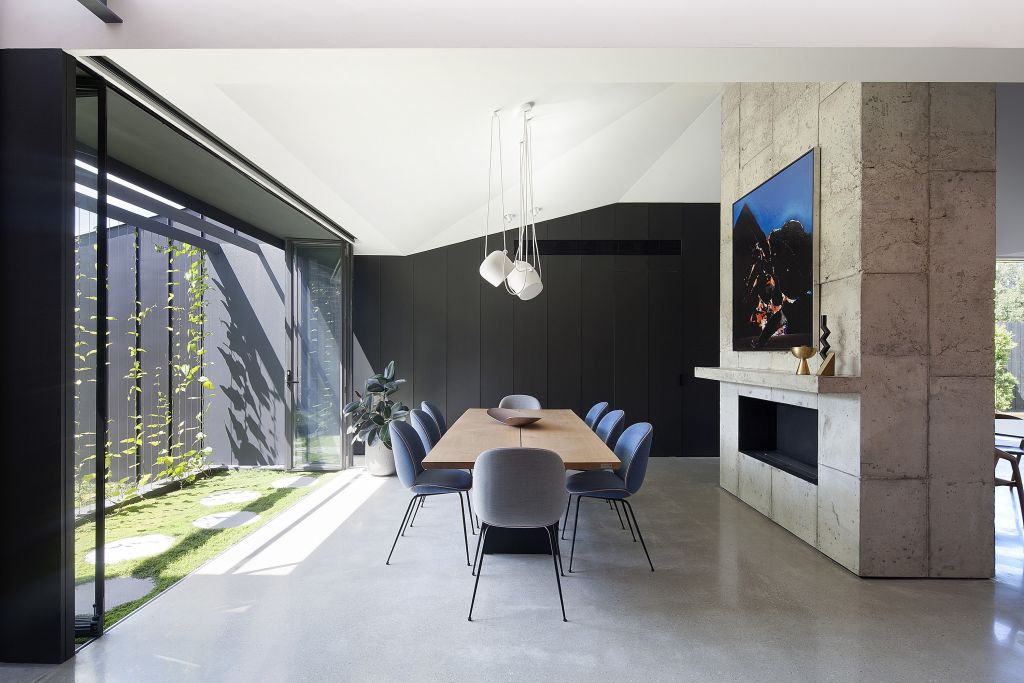
Steel-framed doors and windows have been in vogue for a while now, often used to dramatic effect when black frames contrast against crisp whites and timber finishes.
Warwick Matthews, director at upmarket Melbourne builder Warwick Constructions, has another trend to add: the metal window shroud, also known as a reveal.
“It’s like a hood around a window, almost like a box,” Matthews says. “That’ a real trend. It can help with privacy and for shielding. When you’re in the room, it looks like the wall goes out further than it does because the shroud extends out.”
We thought you might like
States
Capital Cities
Capital Cities - Rentals
Popular Areas
Allhomes
More
